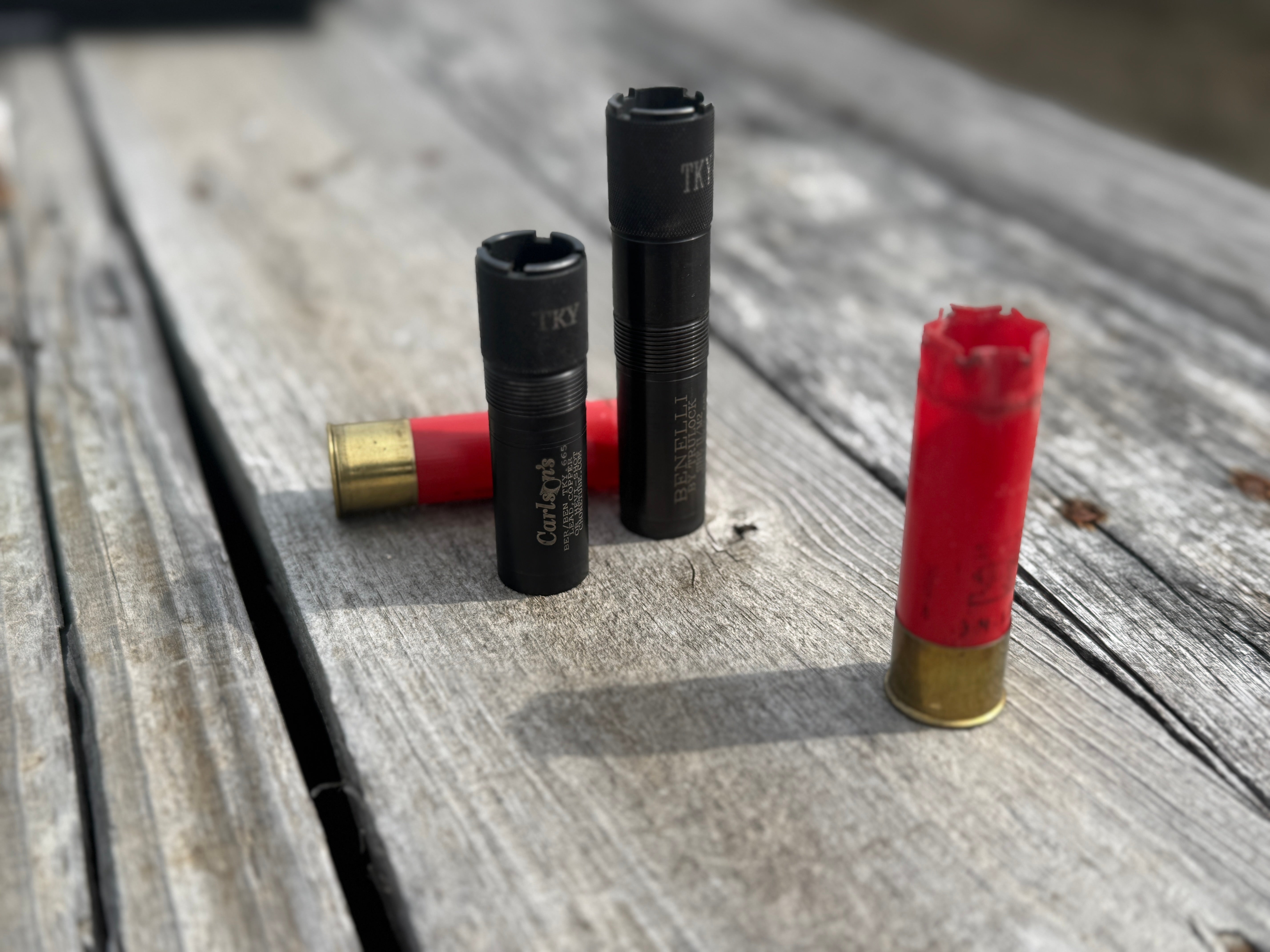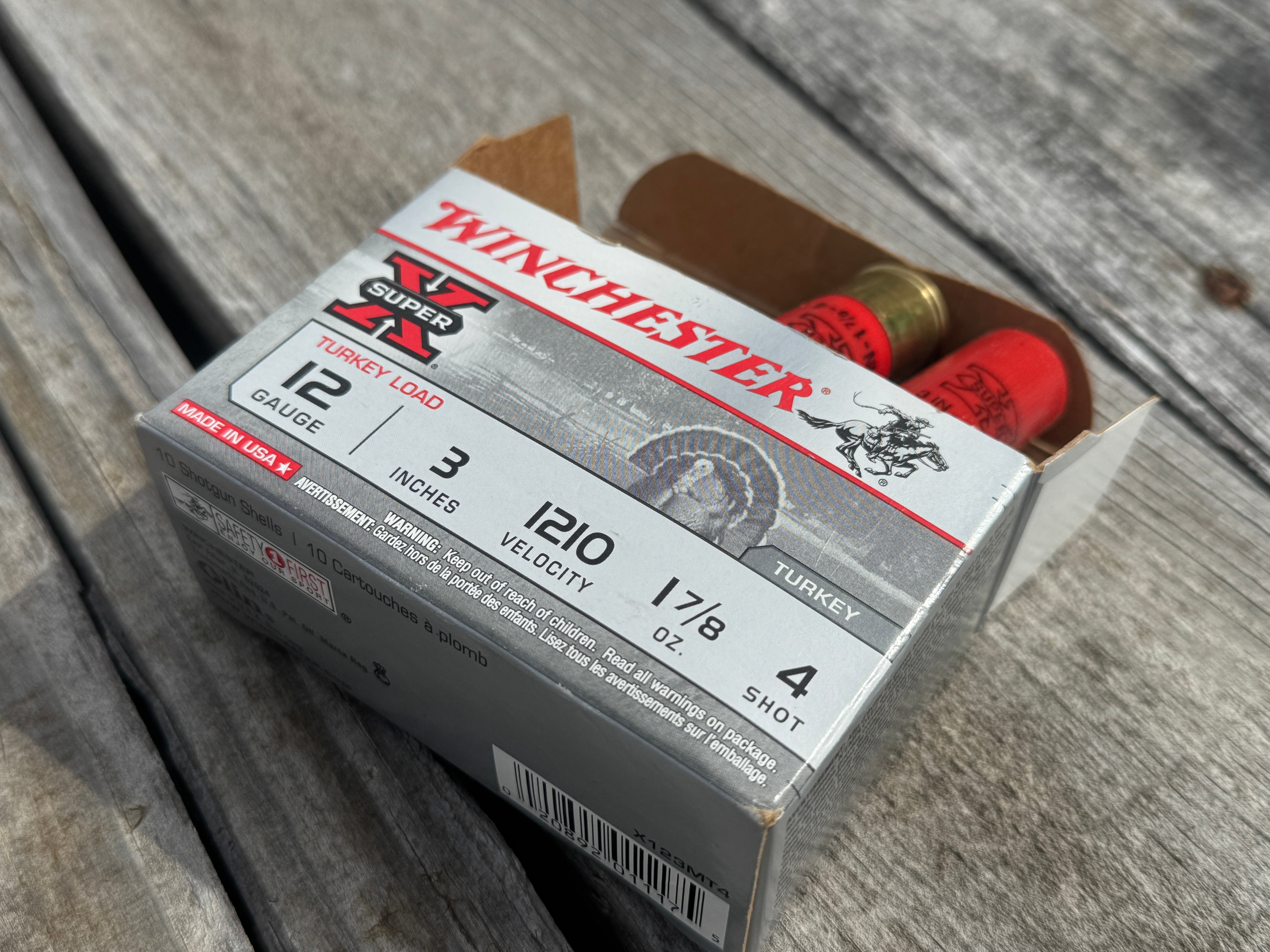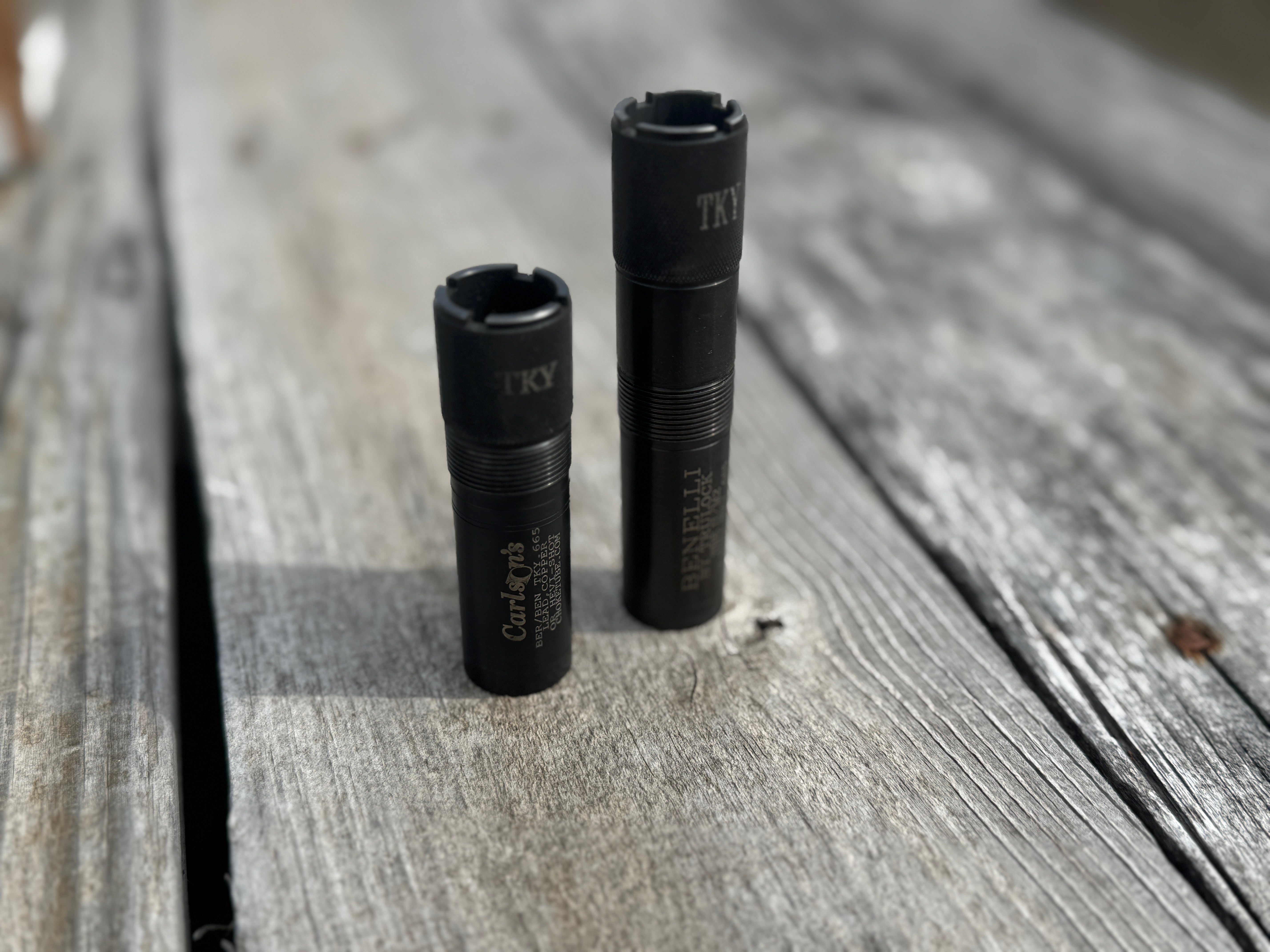How to Pattern a Shotgun for Turkey Hunting: A Complete Guide
Wes Littlefield 03.11.25

Patterning your shotgun is different than zeroing a rifle. You can’t adjust the bead on your shotgun barrel, unlike a rifle scope and some iron sights. If you’re using optics, you must sight them in, but we won’t discuss how to do that in this article. We are learning how to pattern a shotgun for turkey hunting, and thankfully, it’s not complicated. I’ll break down my easy-to-understand process so you can feel confident in the turkey woods this spring when you pull the trigger.
What Does It Mean To Pattern Your Shotgun?
When someone says they patterned their shotgun, they mean they went to a safe location, set up a target, shot it, and examined how the pellets’ pattern looked on the target.
Turkey hunters must do this to learn where to aim while in the field. Some shotguns shoot a little high and to the right, while others shoot a little low and to the left. Your ammo and choke selection significantly affect how your firearm will pattern, so let’s begin there.
Step 1: Get The Ammo & Chokes
I recommend purchasing a couple of turkey chokes and various turkey ammo to determine which combination patterns best for you (If your budget forces you to choose, buy one turkey choke and a few different turkey hunting loads). You might find the mid-tier ammo and extended turkey choke patterns better than high-end ammo and a mid-tier choke or vice versa (that’s why we’re patterning your shotgun).
Step 2: Set Up The Target
Now that we have a small selection of ammo and chokes, it’s time to head to a safe shooting location and set up the target. You can use regular targets or fancy turkey-shaped paper targets to better understand how the pellets will fly through the air and impact the turkey. I like to use a target at least the size of a dinner plate (bigger is better) so I can clearly see how my gun patterns.
If you have limited ammo, set the target at 35 to 40 yards and proceed to the next step. However, if you have plenty of ammo, it’s best to see how the pattern changes at different ranges. I like testing at 20, 40, and 60 yards with my 12-gauge.
Step 3: Create The Art (Shoot The Target)
Now comes the part that’s the second most fun: Step back to the distance you want to pattern your shotgun, plop on your hearing and eye protection, and shoot. It is best to use a stable shooting platform, such as a shooting vice. At minimum, I steady my firearm by sitting on the ground and supporting it with a tripod or bipod.
After you pull the trigger and it’s safe, check out your masterpiece and do it again a couple more times to determine where to aim when a turkey comes in at that distance. Repeat the process at as many distances as you prefer (as I mentioned, I like a close-range, medium-range, and long-range shot when patterning, but this is overkill for most hunters who stick with one or two medium-range shots).
Step 4: Analyze Your Pattern
I like to shoot three shots at each distance on different targets to get an average of how my shotgun patterns at those distances. Maybe this is a bit of a hangover from sighting in my hunting rifle, but it’s treated me well so far because it gives me a clearer picture of where I need to aim.
If my pattern is consistently low and to the left, I should aim higher and to the right of the turkey’s head, or if it’s high, I know to aim lower. I will make a note on my phone because I often get to the woods and confuse myself trying to remember where I need to aim.
For those using a red dot or adjustable sights, now is the time to adjust them so they’re dead-on.
Step 5: Head To The Woods
Okay, now it’s time for the best part. As long as you patterned your shotgun correctly, you should have no problem harvesting a Tom once he’s in range. You’ll know where to aim based on the data you gathered while patterning your shotgun, so you won’t miss your chance.
Parting Shots: How to Pattern A Shotgun For Turkey Hunting
I pattern my shotgun every year shortly before turkey season to ensure I correctly remember how it shoots, and I recommend you do the same, especially if you buy new ammo (even if it’s the same ammo you shot the previous season).
It’s simple, but some hunters mistakenly overlook it, which can seriously cost them when it’s time to drop the hammer.



